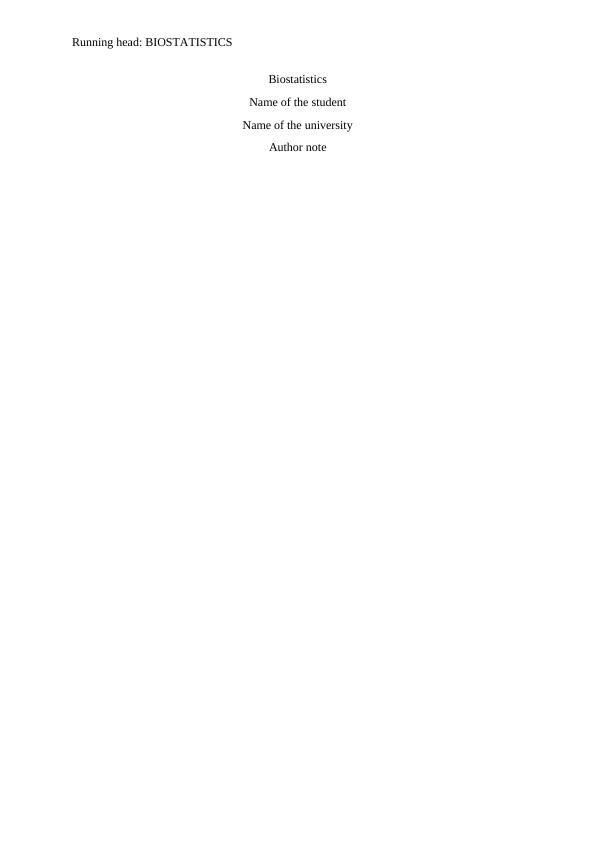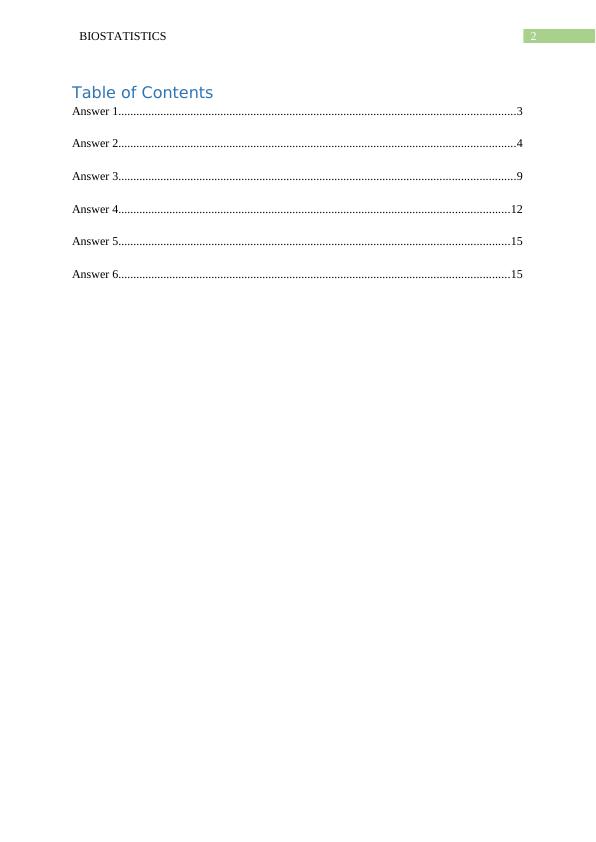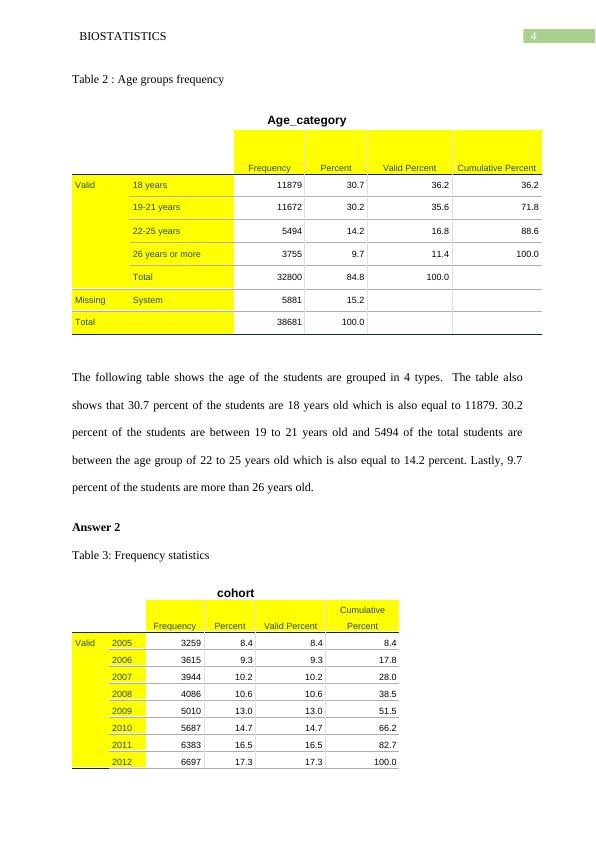Difference in Mean Aggression, Thrill Seeking, and Risk Accepting between Genders, Metropolitan Backgrounds, and Study Modes
Added on 2023-01-20
16 Pages2232 Words87 Views
End of preview
Want to access all the pages? Upload your documents or become a member.
Difference in Mean Aggression, Thrill Seeking, and Risk Accepting between Genders, Metropolitan Backgrounds, and Study Modes
|16
|2947
|51
Difference in Mean Aggression, Thrill Seeking, and Risk Accepting between Genders, Metropolitan Backgrounds, and Study Modes
|15
|2774
|55
Test for Difference in Mean Aggression, Thrill Seeking, and Risk Accepting
|19
|3679
|60
Analysis of Dataset in Biostatistics
|37
|7095
|30
Analysis of Dataset in Biostatistics
|23
|4406
|97
Data Analysis: Descriptive Statistics and Tests for Mean Differences
|15
|2791
|155



